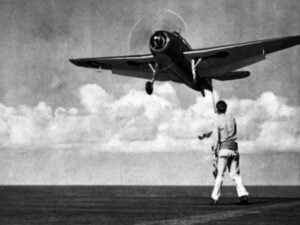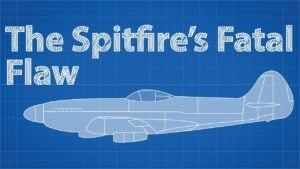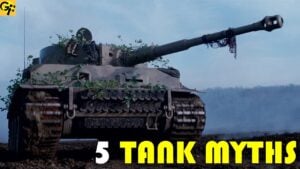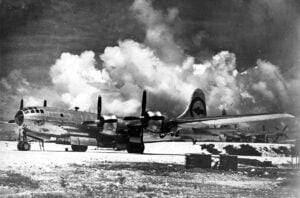The Story of What It Was Like to Fly a B-17 Through Heavy Flak – Restored WWII Footage

USAF, Public domain, via Wikimedia Commons
The Long Hours in the Sky
Flying a B-17 bomber over Europe during the Second World War was an experience that mixed routine, fear, and endurance. Most missions lasted around seven and a half hours—long stretches spent in the cramped, freezing interior of the aircraft. Temperatures could fall to 55 degrees below zero. For much of that time, the crew saw nothing but clouds and sunlight reflecting off the metal surfaces. To reduce glare, parts of the engines and nose were painted dark, and every man wore tinted glasses. The monotony could make a pilot sleepy, so crews developed ways to stay alert.
One pilot recalled how he and his co-pilot took turns flying every twenty minutes. It helped keep them sharp during formation flying, which required intense focus. Automatic pilots existed, but many disliked using them because the moment a plane drifted slightly, the device lost calibration. Most pilots preferred to remain fully in control, adjusting by hand rather than trusting the early systems.
Facing the Black Bursts
The calm often ended as the formation neared its target. Black puffs appeared in the sky—bursts from anti-aircraft shells. These explosions sent fragments of steel spinning in all directions. When a piece struck the plane, it sounded like handfuls of gravel thrown against a metal wall. The pilot could feel the aircraft shake or hear the sharp crack of fragments tearing through the aluminum skin.
Crews wore flak suits and metal helmets, but protection was limited. Each explosion scattered thumb-sized metal pieces that could rip through engines, wings, or fuel tanks. The guns on the ground—88 mm cannons—were designed to fire shells thousands of feet high. They were set to explode at a chosen altitude, based on radar readings. Once the shell reached that point, the fuse triggered, releasing fragments in every direction. Nothing in the air could stop them; the crew could only hope the next burst wouldn’t strike their plane directly.
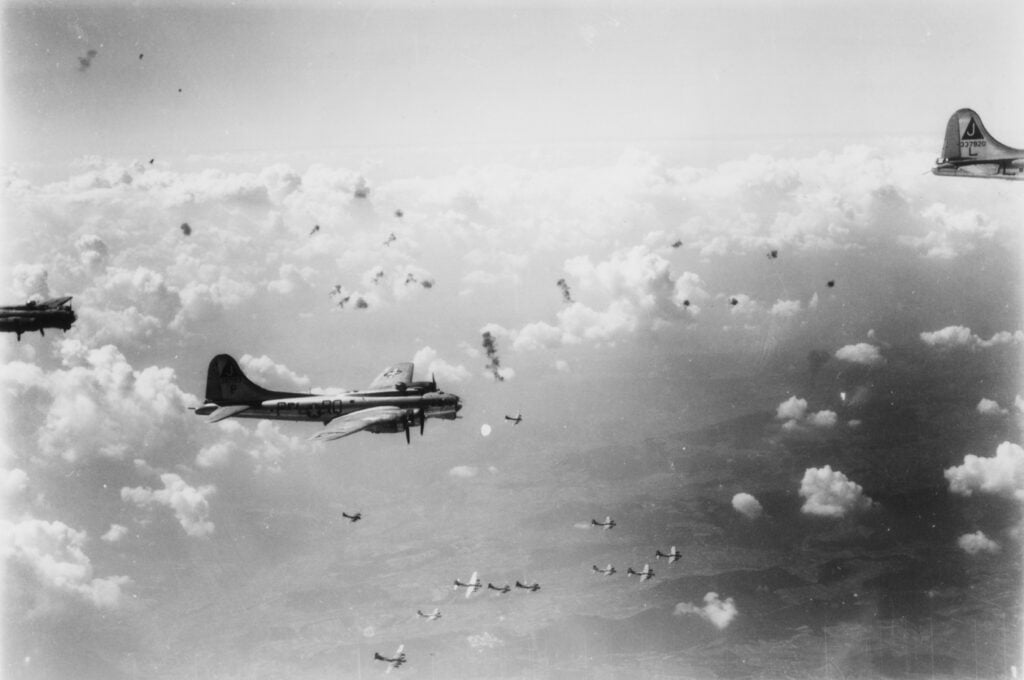
Damage and Survival
Every mission left new scars on the aircraft. Mechanics patched bullet and shrapnel holes after nearly every flight. The B-17 was known for its toughness—it could lose part of a wing or tail and still keep flying as long as fire didn’t spread. But the danger was constant. Some gunners reported flak passing close enough to tear through their heated boots or the fuselage beside them. Aluminum offered little resistance; even small fragments could cut through like paper.
One pilot described a piece of shrapnel striking his chest. His flak vest stopped it, but the force knocked him backward. The metal piece was no larger than a thumb, yet it hit with enormous power. He understood then how devastating a single well-placed shell could be. Many saw entire planes vanish after direct hits, sometimes exploding in midair, leaving only bits of landing gear drifting down through the smoke.
Fear and Cold
The strain of constant threat wore on everyone. One co-pilot admitted to being terrified during heavy flak. His pilot decided to let him handle more of the flying during those moments, hoping it would help him face the fear. The tactic worked—participation seemed to ease his panic. Even for experienced men, fear never disappeared. The temperature and stress combined into exhaustion that no amount of courage could mask.
Inside the cockpit, it was so cold that sweat from nervous hands froze on the throttles. Jackets turned white with salt. Pilots watched the skies above, scanning for smoke or flashes, and sometimes mist from their breath or gloves looked like fire. That instant of confusion brought pure panic before reason returned. It was a life of endurance, long hours of waiting, and brief moments of terror—flying through black smoke and steel fragments, never sure if the next burst would end the mission or bring them safely home.














